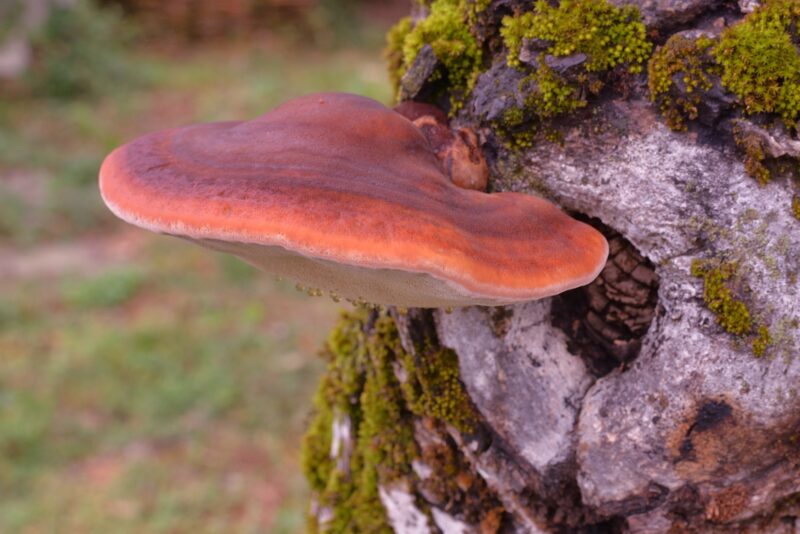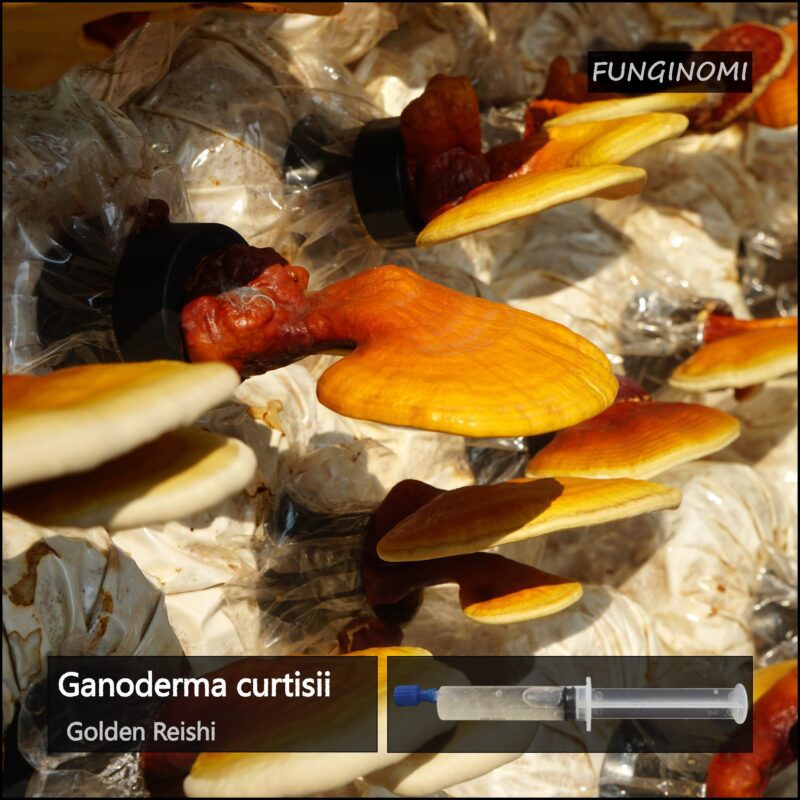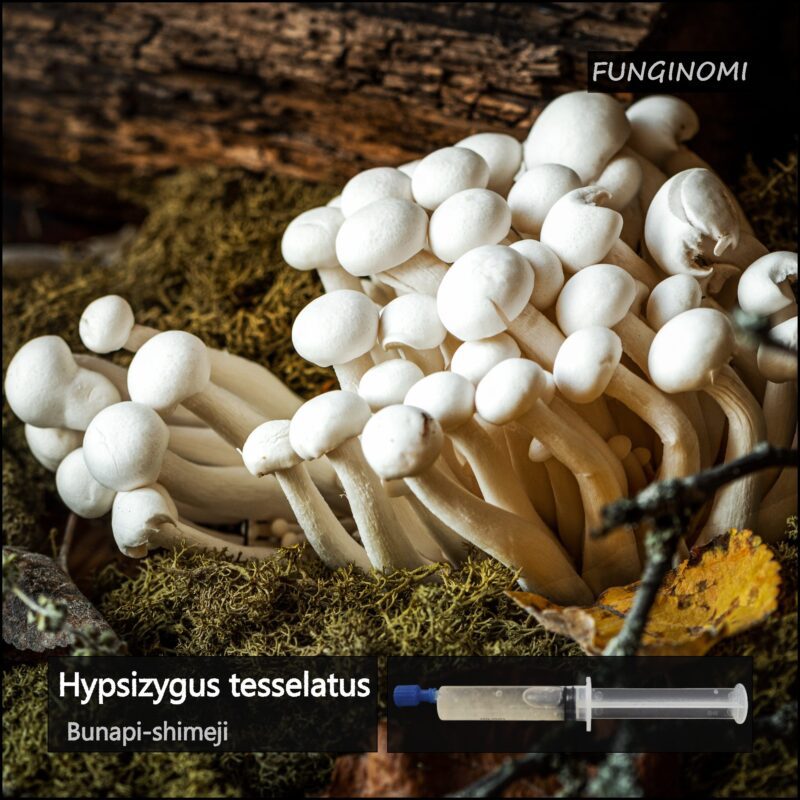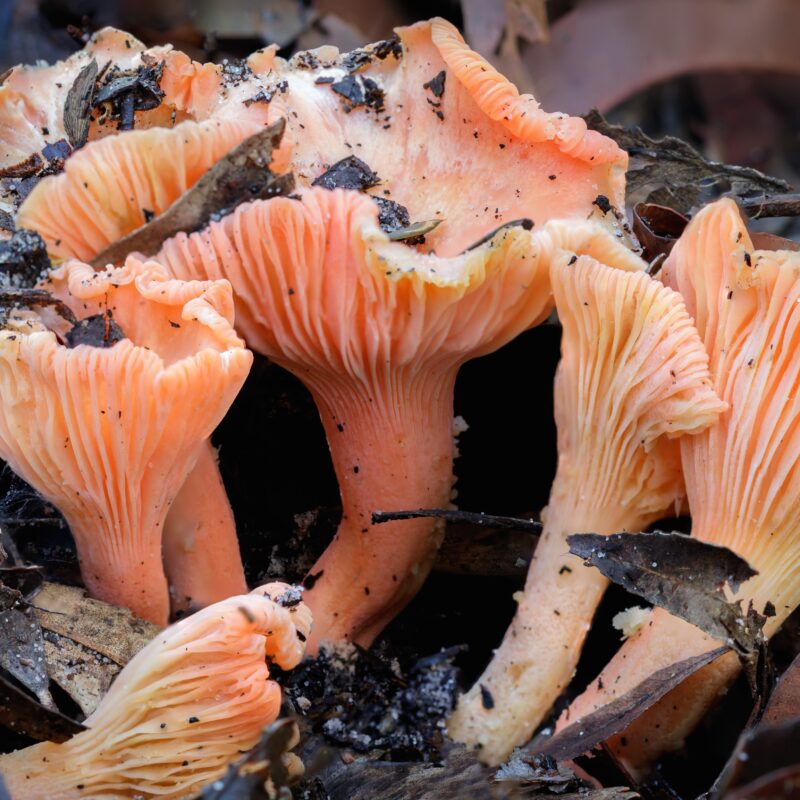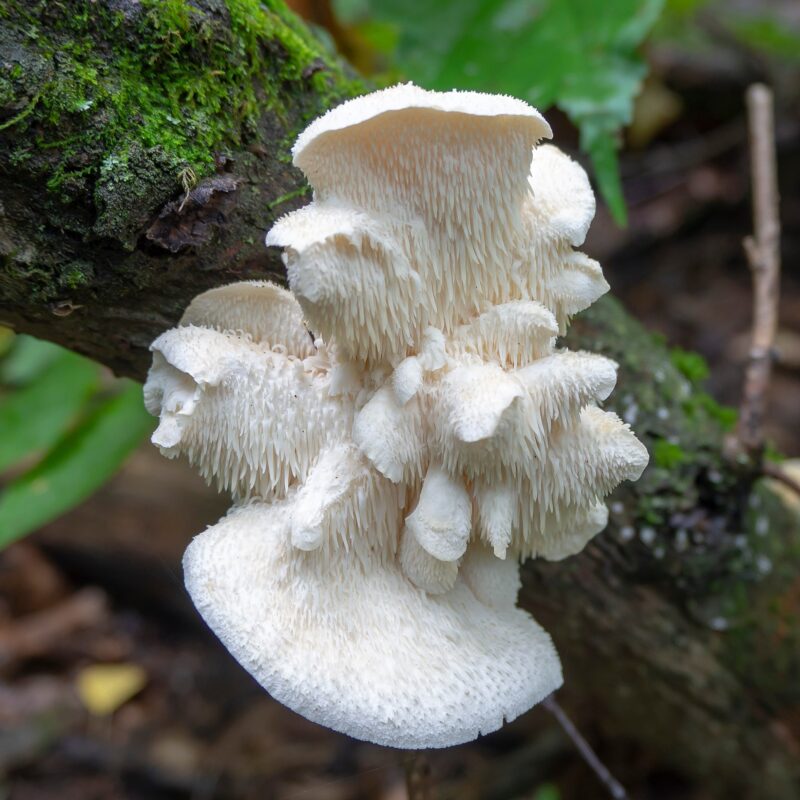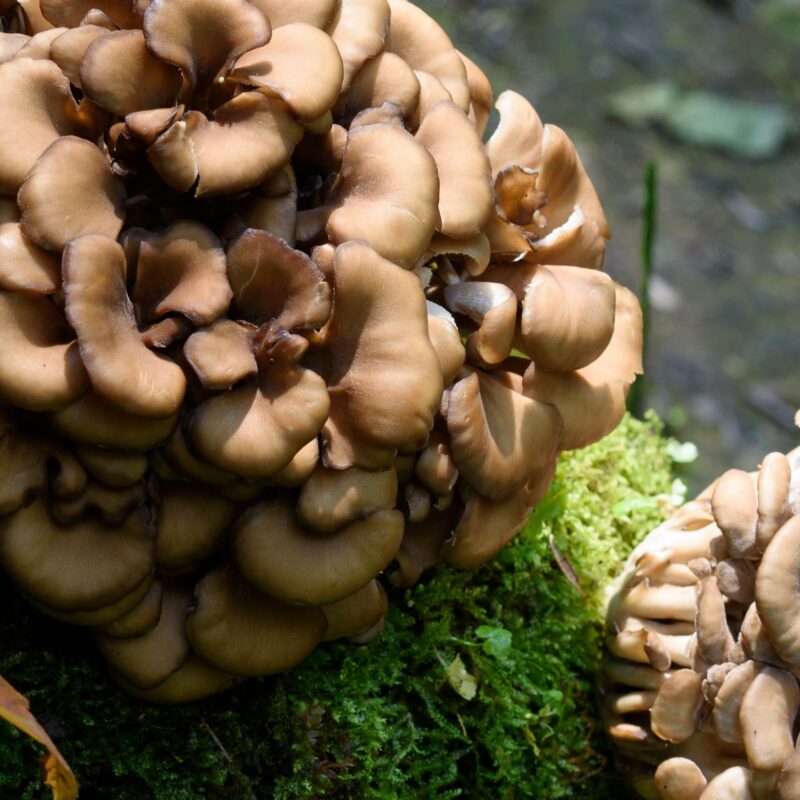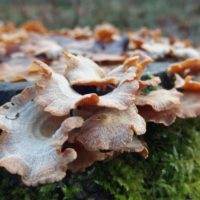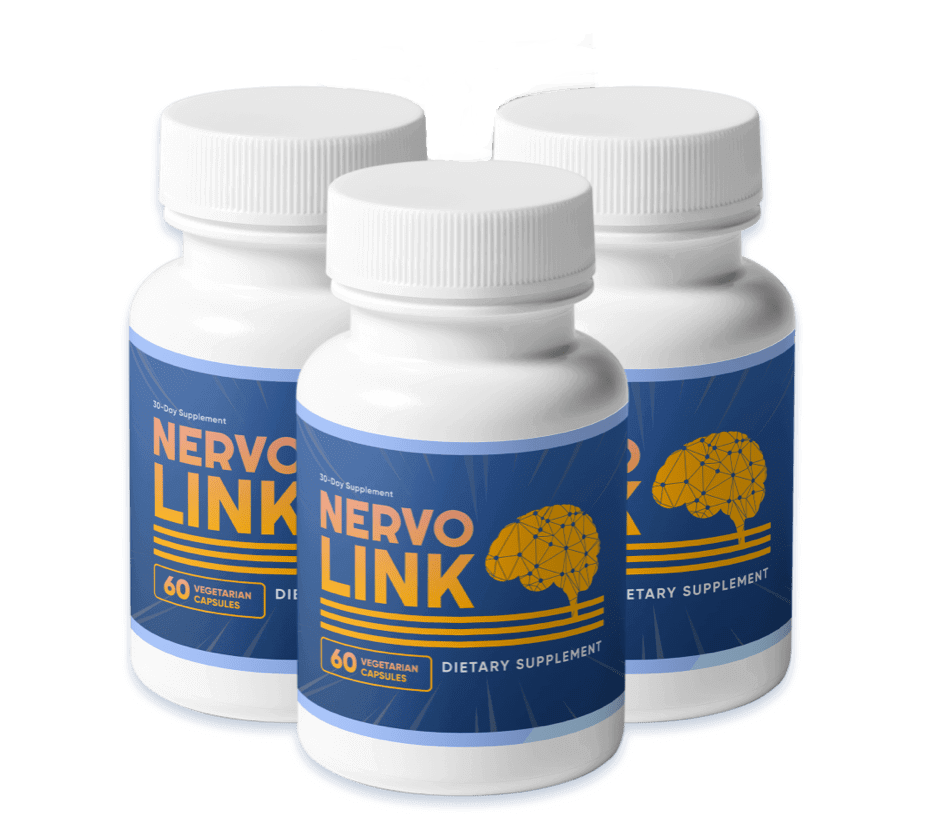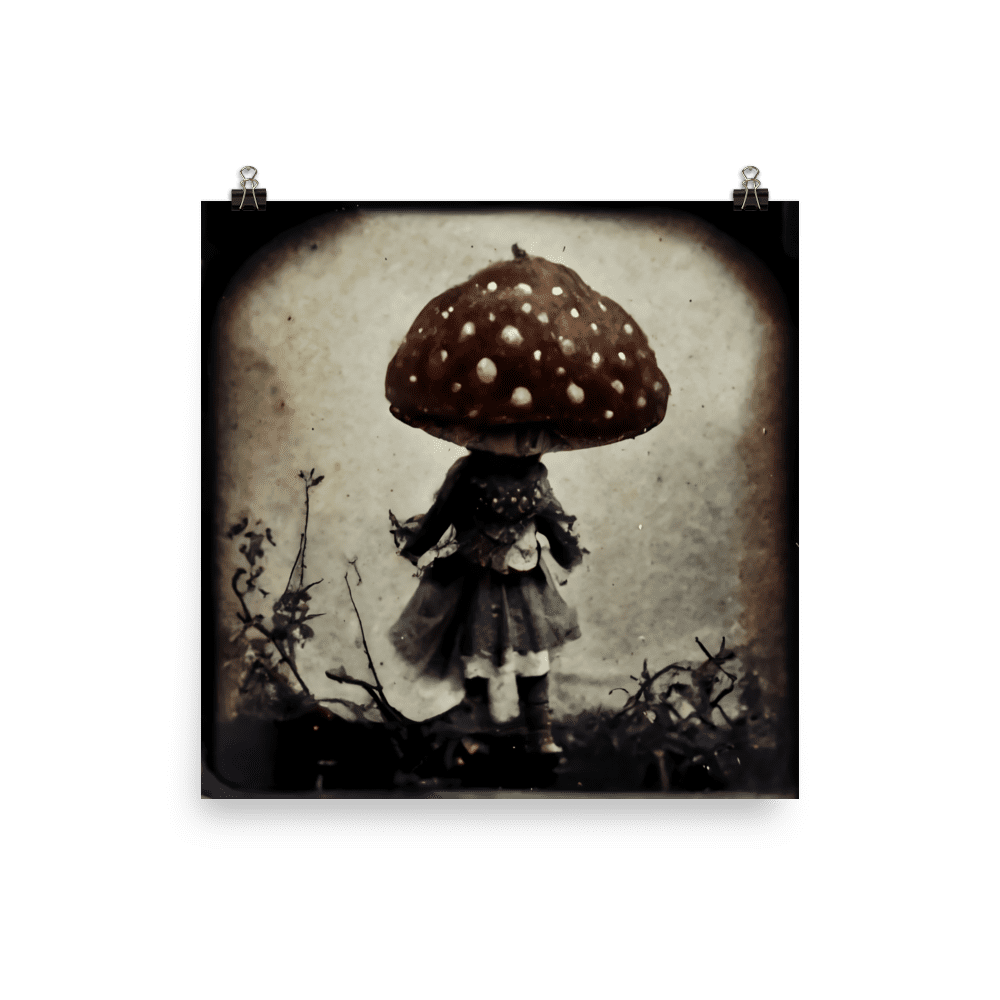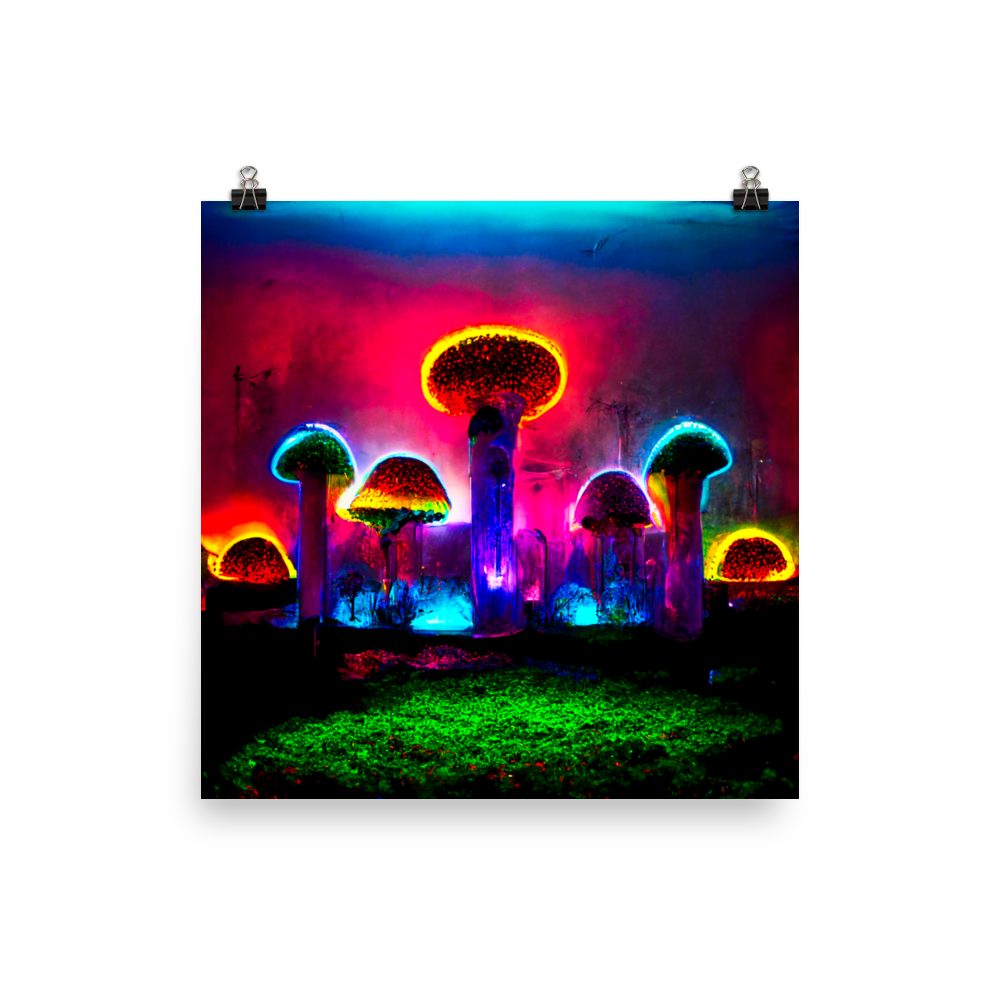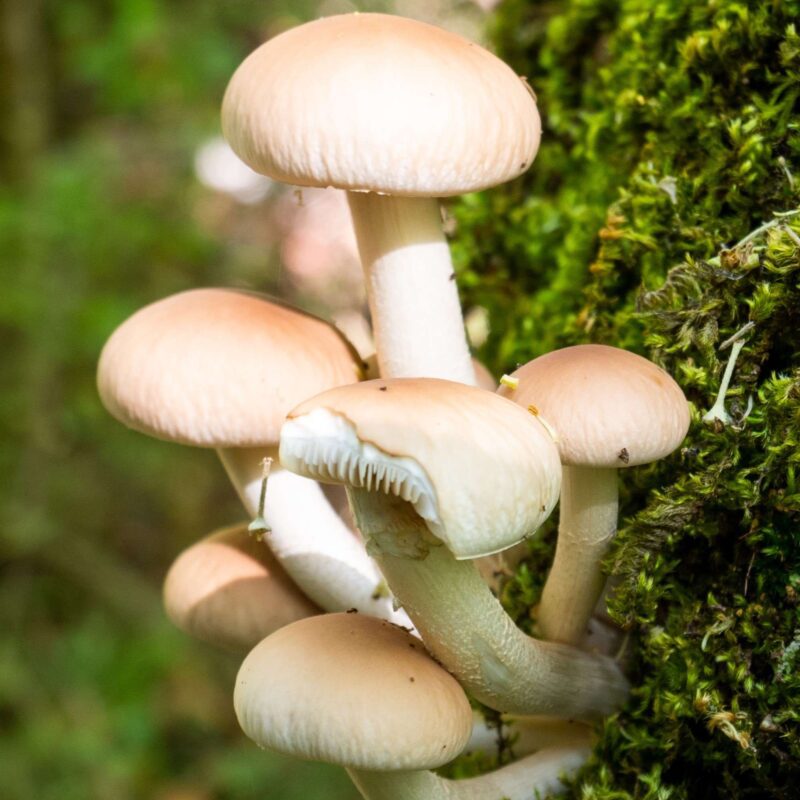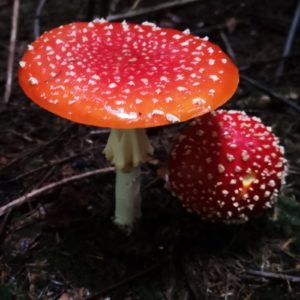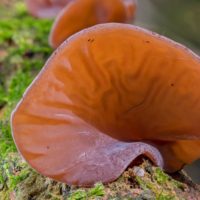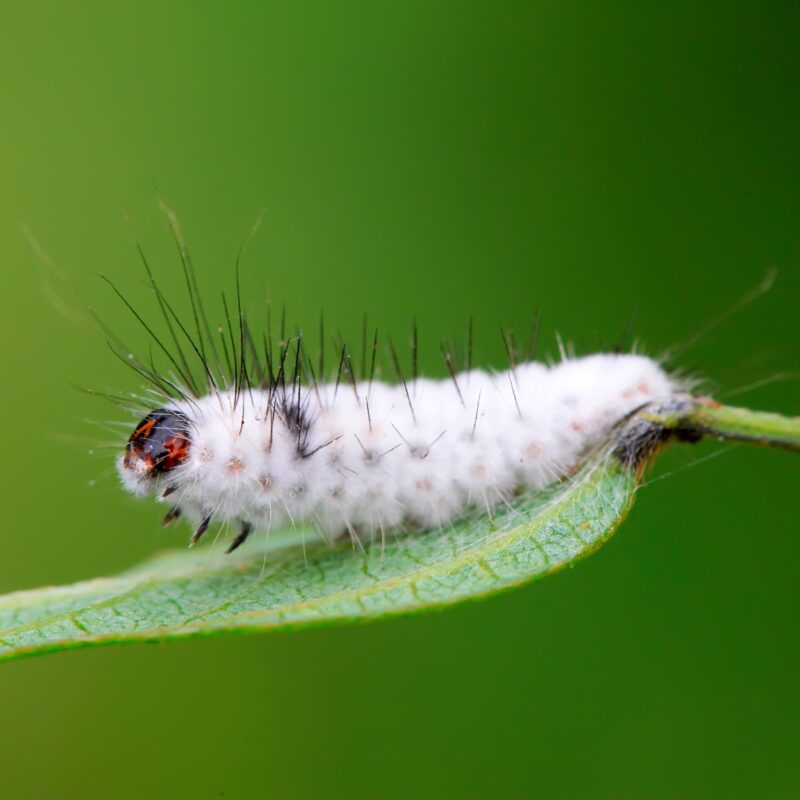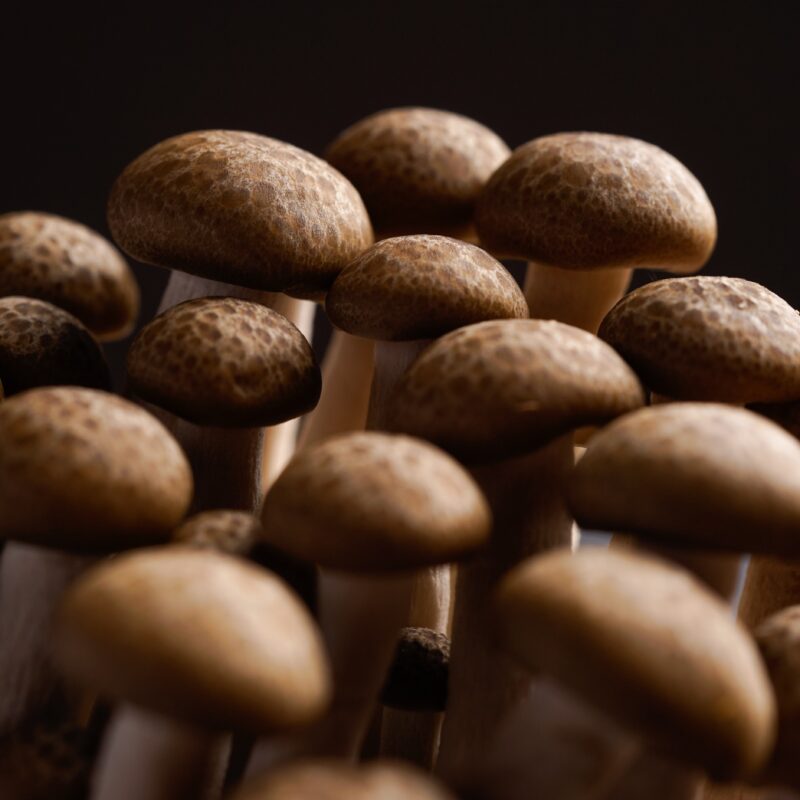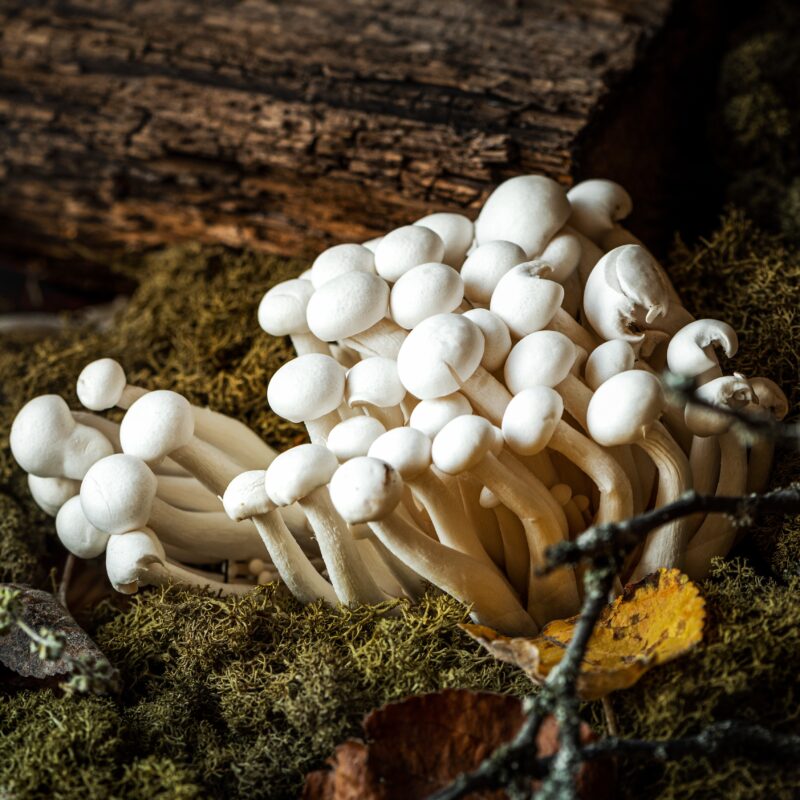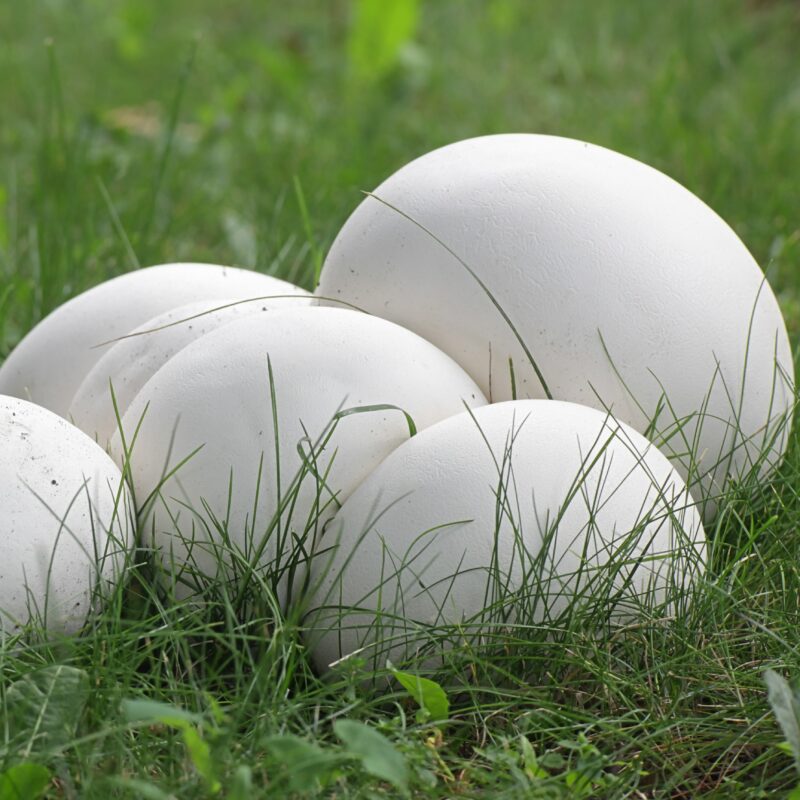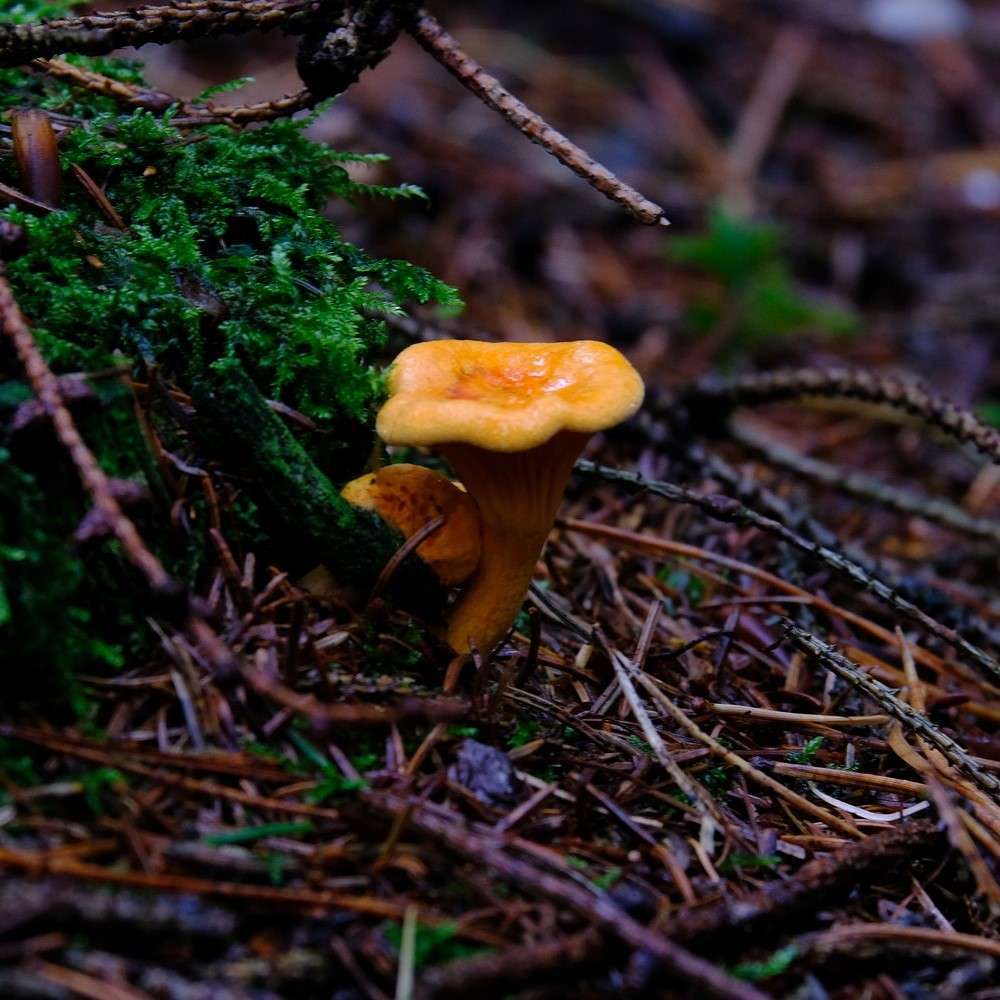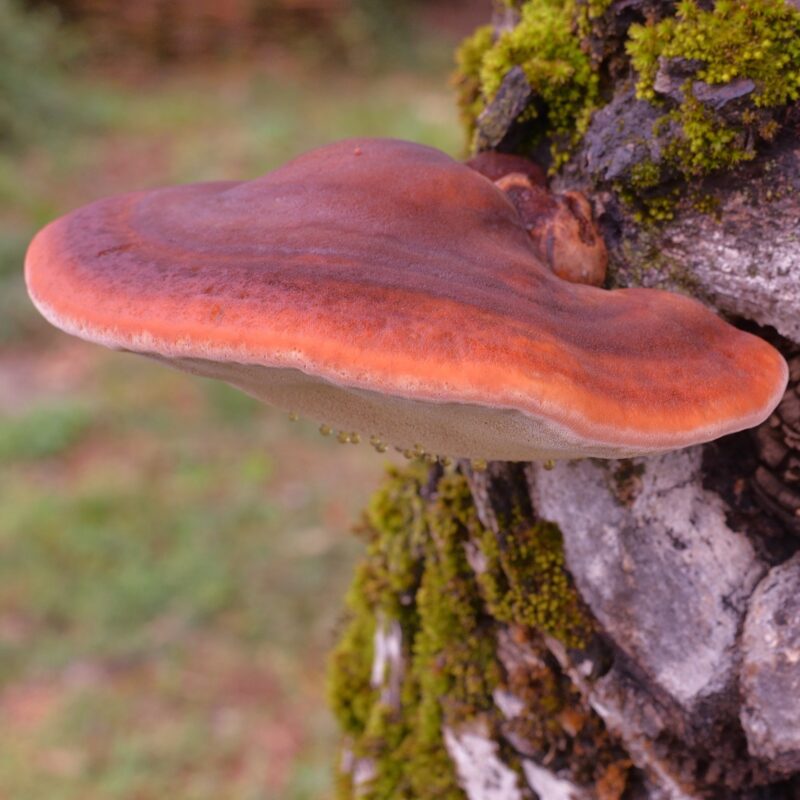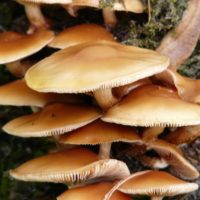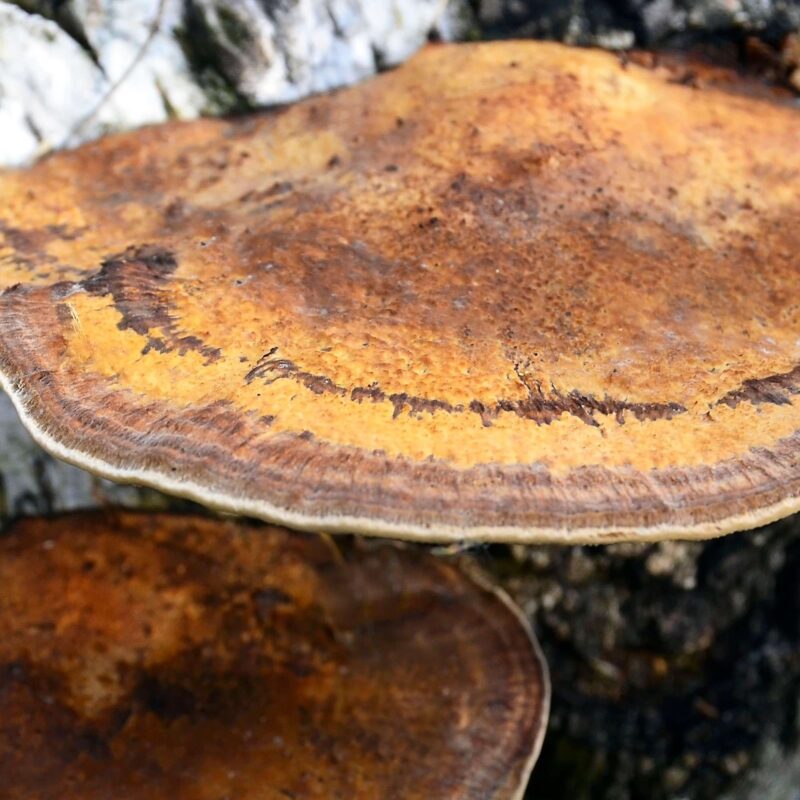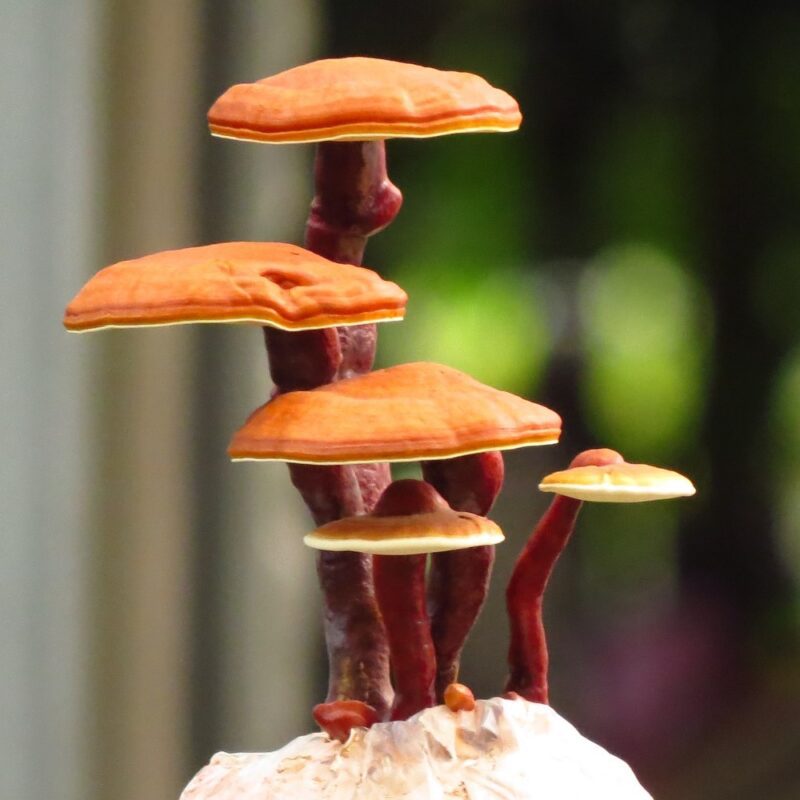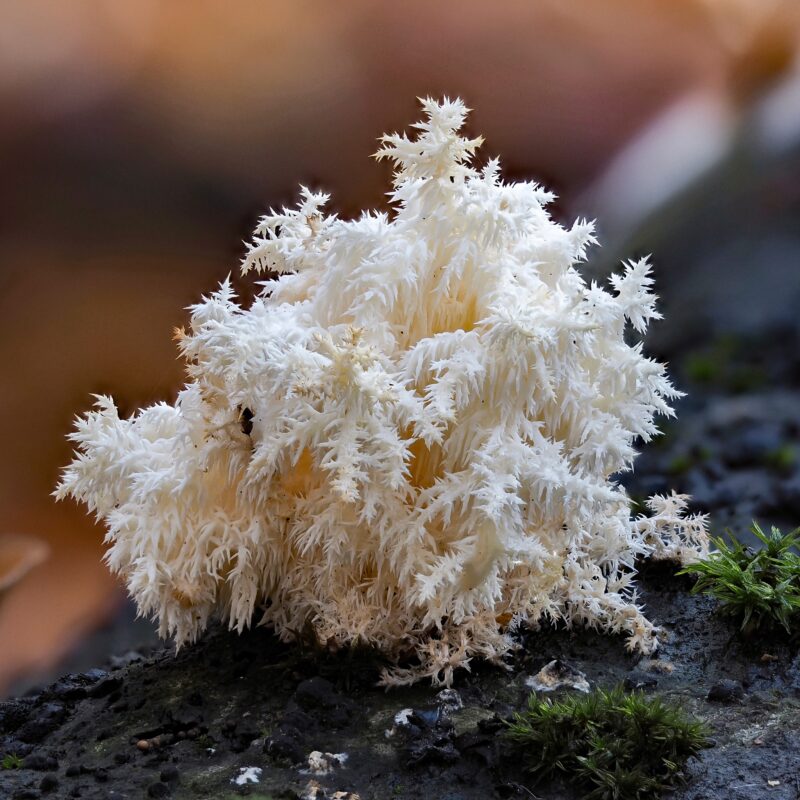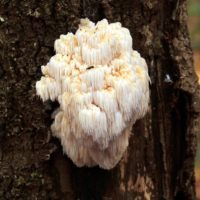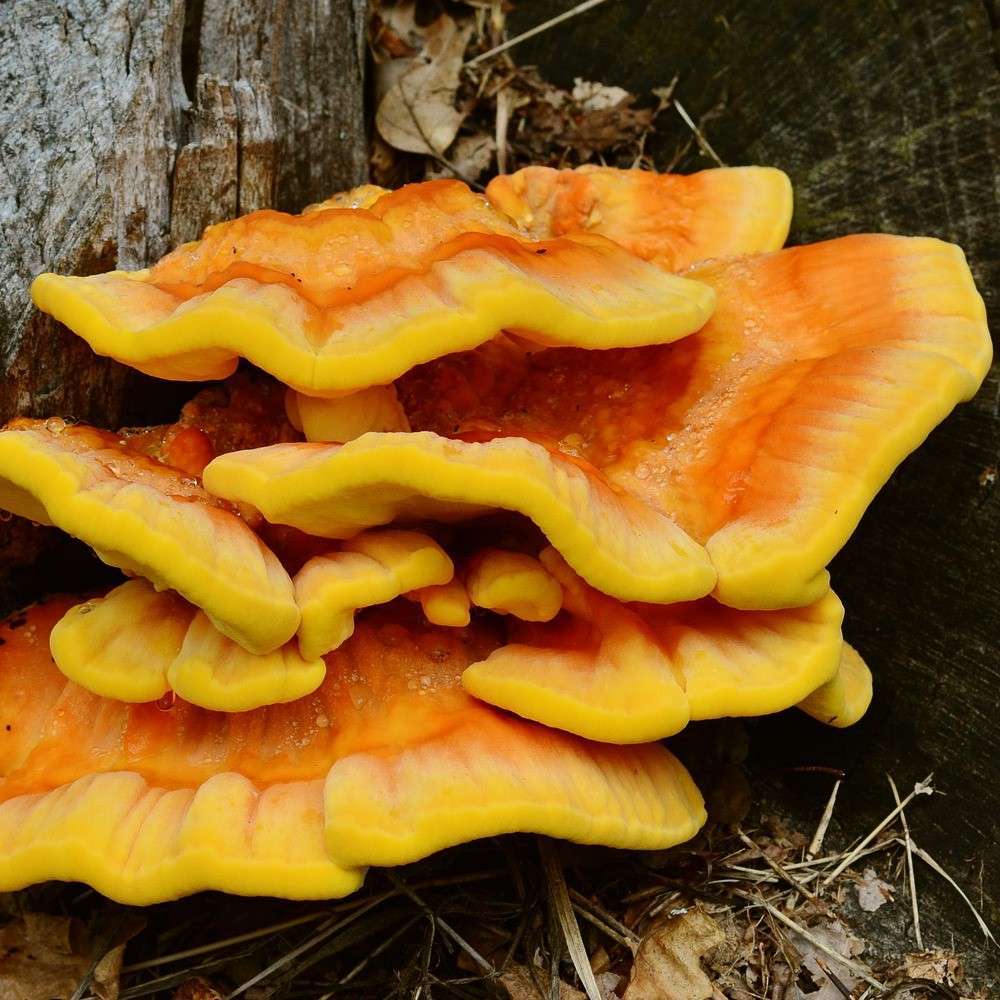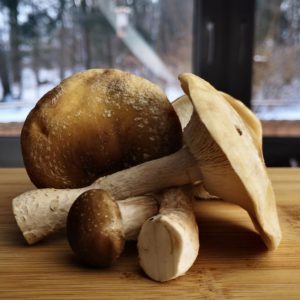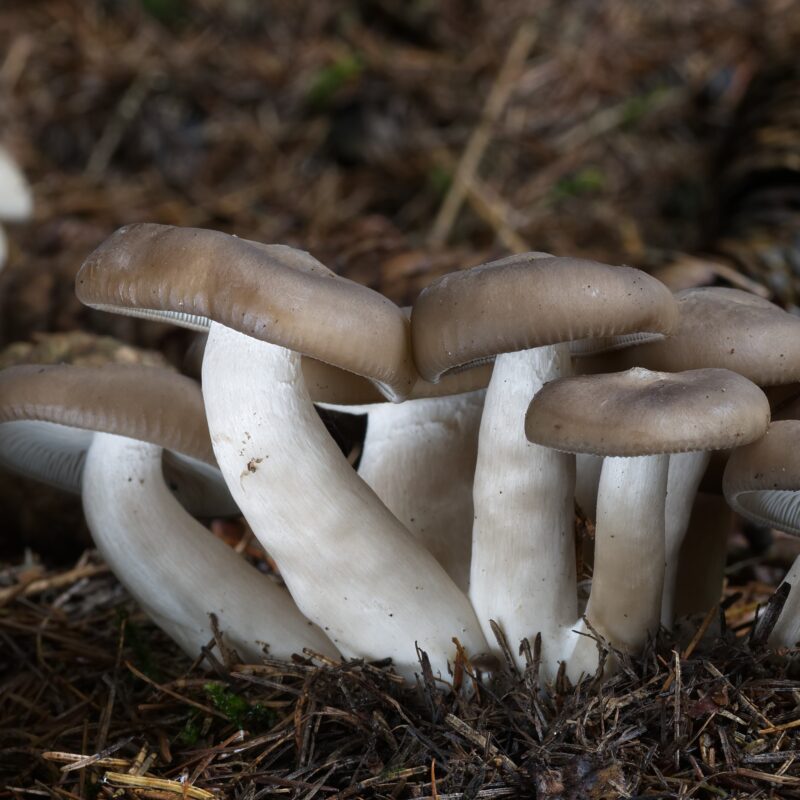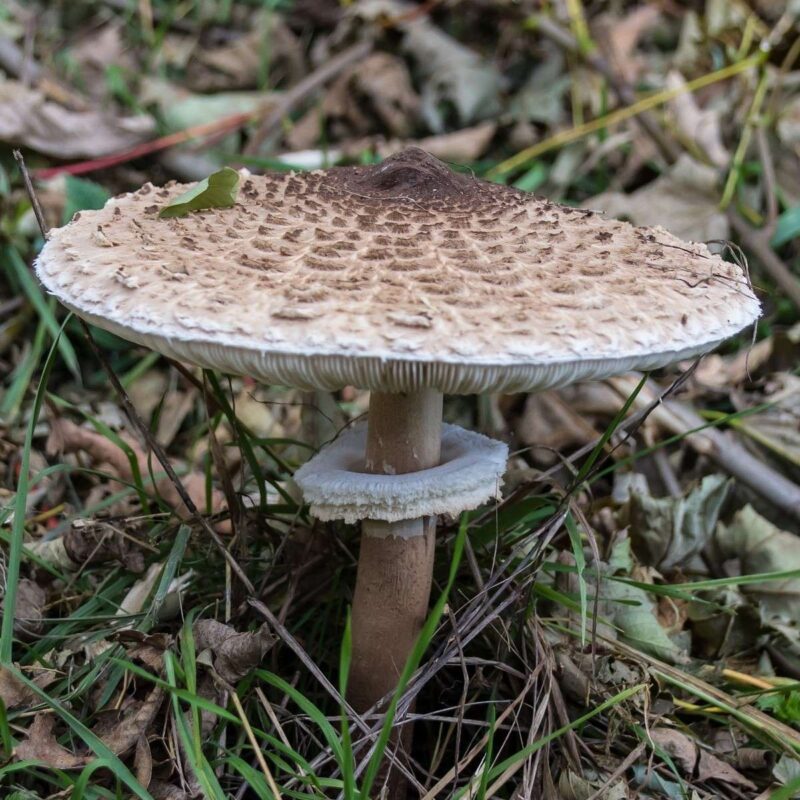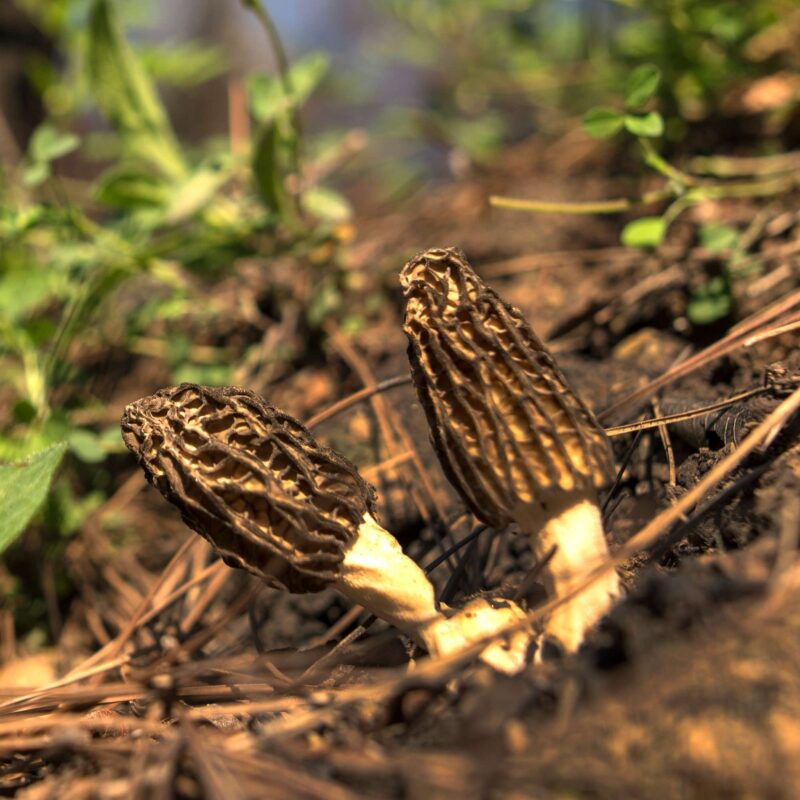Description
Properties
The Summer Oyster (Pleurotus pulmonarius) is a species of mushroom from the family of Oyster mushroom species. It is closely related to the oyster sidewall mushroom, but crossing experiments have demonstrated that the Lung Oystr Mushroom is a distinct species.
A native mushroom, very closely related to the oyster mushroom. Lung mushrooms are typical summer mushrooms that do well in warmer climates and without cold shock.
Pleurotus pulmonarius is a saprobiont and weak parasite on various hardwoods; beech, ash, poplar, birch, walnut and Sorbus species are listed as substrates. Like the oyster sapling, it inhabits soil- and air-damp forests, but also occurs outside forests on appropriate substrates. Unlike the oyster sapling, the lung sapling does not occur in cold weather, but can be found in summer and early fall.
Pleurotus pulmonarius naturally synthesize a chemical called lovastatin. Lovastatin is part of the statin family of drugs, meaning that it inhibits the production of cholesterol in the body and can potentially lower LDL cholesterol. Lovastatin can also be found naturally in Red Yeast Rice and is manufactured commercially from Aspergillus terreus.
Lovastatin works by inhibiting the activity of the enzyme HMG-CoA reductase, which acts as the rate limiting step to the synthesis of cholesterol in the body. This serves to help prevent hypercholesterolemia, or high cholesterol, which is a major risk factor in cardiovascular disease. Studies in rats support the cholesterol lowering effects of ingesting Pleurotus ostreatus, which naturally contains about 2.8% Lovastatin by weight.
HMG-CoA reductase serves as the rate limiting enzyme for cholesterol production
The conversion of HMG-CoA to mevalonate by HMG-CoA reductase is blocked by Lovastatin.
1. Growing
Affiliate Partner
Growing Procedure
Pleurotus pulmonarius easy cultivares on pasteurized straw, sterile upgraded wood substrates and logs. Unlike oyster mushrooms, lung mushroom also digests coniferous substrate if it has been previously treated in a suitable manner. Decorticated coniferous small animal litter is also suitable without pretreatment. For further instructions, see my brown lung mushroom or my oyster mushroom.
Sufficient fresh air and ventilation are essential for a good result. Timely fruiting directly after incubation prevents the formation of too dense surface mycelium, on which primordia often no longer form.
Pleurotus pulmonarius also tolerates permanently high temperatures up to 28°C and then forms very large fruiting bodies at record speed, which, however, do not achieve the firmness, storability and taste as mushrooms, which you produce under cooler conditions.
Unlike plants or some bacteria and protists, fungi are unable to manufacture their own food from abiotic sources like the sun. So, in their quest for nutrients, many fungi, including Pleurotus, adopt their nutrition from other decaying organisms.
They go about this by excreting digestive enzymes through the tips of root-like extensions called hyphae. The enzymes break down their food leaving a space filled with nutrients that the hyphae can continue growing into, absorbing, and digesting again as it feeds. The hyphae branch and grow into a thicker mass called a mycelium, which maximizes the surface area through which feeding can take place.
Oyster Mushrooms has been successfully grown from a variety of substrates including sawdust, newspaper shavings, and even rolls of toilet paper. If you’re interested in growing them yourself, kits are available online. I’m not about to endorse any of them myself, but you can google it if interested. The oyster mushroom isn’t a picky fungi in nature either. Pleurotus ostreatus will grow on a variety of woods
Growing Characteristics
Strains of this mushroom rarely form clusters of more than 5 or 6 mushrooms, does not need any cold stimulus to form fruiting bodies
S
|
P
|
F
|
|
|---|---|---|---|
Temp °C |
24-29 | 10-24(27) | 18-24 |
Relative Humidity % |
90-100 | 95-100 | 85-90(95) |
Duration d |
8-14 | 3-5 | 3-5 |
CO2 ppm |
>5000 | 400-800 | 400-800 |
FAE per h |
0-1 | 5-7 | 5-7 |
Light lux |
– | 1000-1500(2000) | 1000-1500(2000) |
Growing
Agar Culture Media: MYPA, PDYA, MEA
Cropping Cycle: –
Containers for fruiting: Bags, trays, vertical racks, and bottles, perforated plastic bags
Biological efficiencies: 100–200%
Substrates: Largely adaptable, mushrooms produced on a wide variety of organic wastes, the proven most productive substrate materials are cereal straw (wheat, rice), hardwood sawdust, corn stalks, sugar cane bagasse, coffee waste , pulp mill sludge, cotton waste and numerous other agricultural and forestry by-products. Adding nitrogenous supplements can increase yields, but the grower must weigh whether or not this benefit is offset by the likely increase in contamination rates
Natural Habitat
The Phoenix Oyster is common in the Holarctic, it is stated for Australia, Krieglsteiner questions whether these are indigenous occurrences. In Europe, the lung seitling is much more common in northern areas (Hebrides, Scandinavia) than in western and southern areas. In Germany, the lung seitling occurs widely scattered throughout the area. When giving information on its distribution, it should be noted that it is probably often confused with the oyster sapling.
In the eastern United States, this fungus mainly decomposes hardwoods, while in the western regions the species is found in mid-elevations (1,200-3,000 meters) on conifers (Abies and Picea), Frequent in spring and summer.
2. Identification
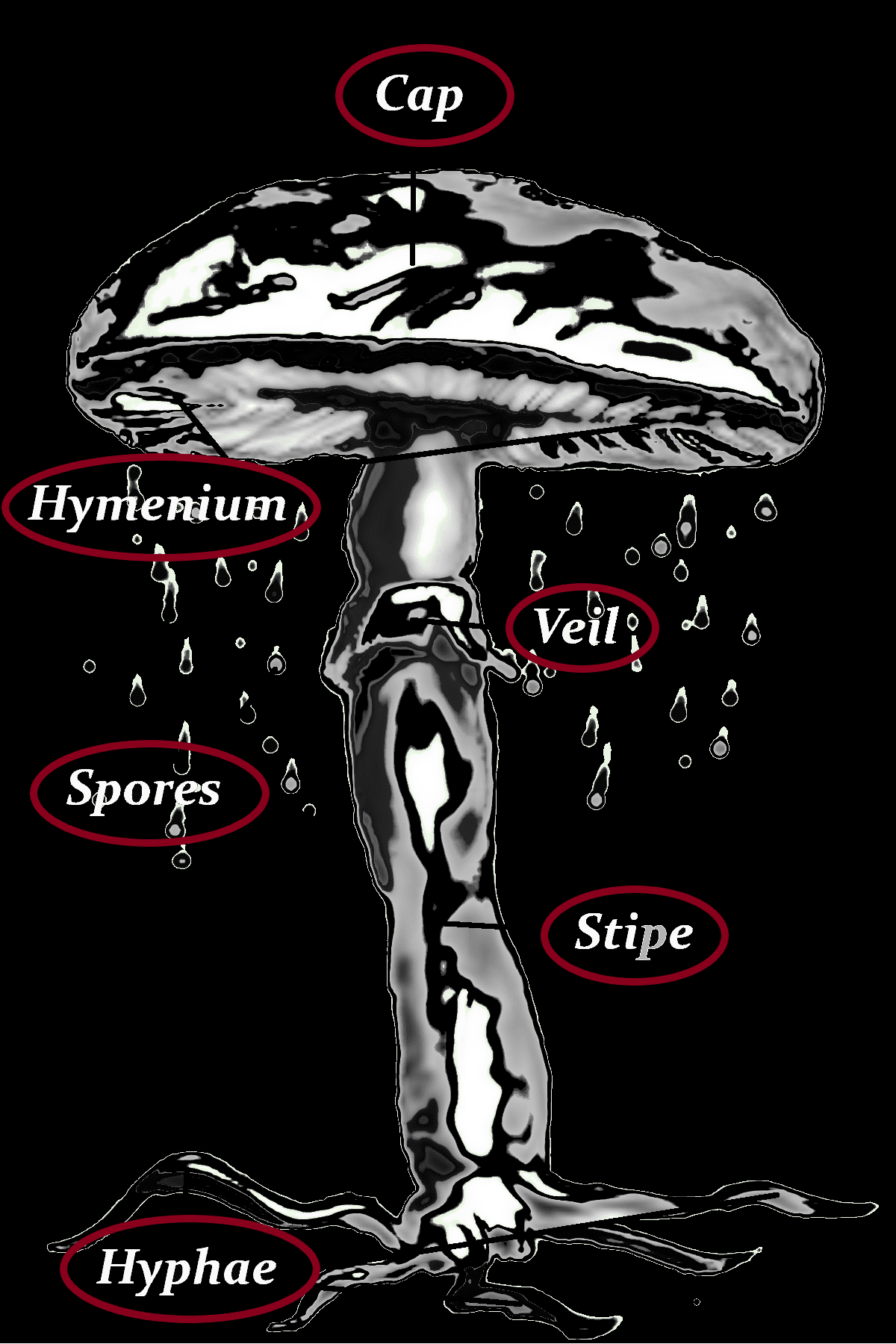
Cap
-20+ cm Ø
-cap initially convex, expanding to broadly convex, eventually flat or curved upwards and often wavy with age
-gray-white to beige to lila-gray to gray-brown, sometimes with pink or orange tones, at high temperatures the cap is lighter, under same light conditions, in cold weather, the cap becomes very dark gray to gray-black
-edge smooth to undulating like an oyster
Stipe
-bare
-Stems are typically eccentrically attached to the cap
Spores
-white to yellowish to lavender gray when dense
-more or less cylindrical
-7.5–11 × 3–4 µm
-clamp connections present
Hymenium
-gills
-decurrent
-whitish to cream-colored, old yellowing, often only at the edge mixed
-dense
-cutting smooth, usually rather short on the stem and rarely with veiny cross connections
Danger of confusion
Pleurotus djamor, Pleurocybella porrigens, Pleurotus cornucopiae, Pleurotus ostreatus
Hyphae
-white
-linear
-becomes cotton wool and finally forms a thick, peelable mycelium mat
-if cultures on agar media/grain are not transferred in a timely manner +-2 weeks, mycelium will become so dense that the inoculation will be cumbersome and messy, also will be hard to cut
-Hyphal system monomitic
Veil
–
3. Consuming
Gourmet
Pleurotus pulmonarius is an excellent source of nutrients, and are a low calorie, low cholesterol, and low fat source of protein, dietary fiber, thiamin, vitamin B6, iron, magnesium, zinc, manganese, niacin, copper, potassium, and antioxidants. Check out these impressive nutrition facts.
The Indian Oyster is edible. It is not important as a wood or forest pest.
Smell
grain spawn: sweet, pleasant
Taste
-mild
-raw blood-replacing contains haemolysins
Flesh
generally thin
Nutritional content per 100g
| Proximates: | |
| Water | 89.2g |
| Energy (Atwater General Factors) | 41kcal |
| Energy (Atwater Specific Factors) | 33kcal |
| Nitrogen | 0.46g |
| Protein | 2.9g |
| Total lipid (fat) | 0.19g |
| Ash | 0.73g |
| Carbohydrates: | |
| Carbohydrate, by difference | 6.94g |
| Minerals: | |
| Calcium, Ca | <2.5mg |
| Iron, Fe | 0.7mg |
| Magnesium, Mg | 13.9mg |
| Phosphorus, P | 86mg |
| Potassium, K | 282mg |
| Sodium, Na | 1mg |
| Zinc, Zn | 0.68mg |
| Copper, Cu | 106mg |
| Manganese, Mn | 86mg |
| Selenium, Se | 1.4µg |
| Vitamins and Other Components: | |
| Thiamin | 0.07mg |
| Riboflavin | 244mg |
| Niacin | 5.75mg |
| Vitamin B-6 | 99mg |
| Biotin | 7µg |
| Folate, total | 63µg |
| Vitamin D (D2 + D3), International Units | 1.6IU |
| Vitamin D (D2 + D3) | 0.04µg |
| Vitamin D2 (ergocalciferol) | 0.04µg |
| Vitamin D4 | 0µg |
| Phytosterols: | |
| Stigmasterol | <0.2mg |
| Campesterol | <0.2mg |
| Beta-sitosterol | <0.2mg |
| Ergosta-7-enol | 1.31mg |
| Ergosta-7,22-dienol | 0.88mg |
| Ergosta-5,7-dienol | 8.43mg |
| Ergosterol | 58mg |
| Beta-sitostanol | <0.2mg |
| Delta-5-avenasterol | <0.2mg |
| Delta-7-Stigmastenol | <0.2mg |
| Amino acids: | |
| Ergothioneine | 14mg |
© U.S. Department Of Agriculture
4. Data
other names
| Chinesisch (traditionell) | 肺形側耳 |
| Chinesisch (traditionell) | 鳳尾菇 |
| Chinesisch (vereinfacht) | 凤尾菇 |
| Chinesisch (vereinfacht) | 肺形侧耳 |
| Deutsch | Lungen-Seitling |
| Dänisch | Sommer-østershat |
| Englisch | pale oyster |
| Englisch | summer oyster mushroom |
| Estnisch | kopsservik |
| Finnisch | koivuvinokas |
| Französisch | Pleurote pulmonaire |
| Japanisch | ウスヒラタケ |
| Litauisch | Pilkšvoji kreivabudė |
| Niederländisch | Bleke oesterzwam |
| Norwegisch | bjørkeøsterssopp |
| Portugiesisch | Cogumelo-ostra marrom |
| Russisch | Вёшенка лёгочная |
| Schwedisch | blek ostronmussling |
| Slovene | poletni ostrigar |
| Spanisch | Hongo pulmón |
| Thailändisch | เห็ดนางฟ้า |
| Tschechisch | hlíva plicní |
| Ungarisch | Nyári laskagomba |
| Wissenschaftl. Name | Pleurotus pulmonarius |
other names
Agaricus Pulmonarius, Pleurotus ostreatus var. pulmonarius, Pleurotus pulmonarius var. Lapponicus, Pleurotus pulmonarius var. Juglandis, Pleurotus Araucariicola, The Indian Oyster, The Phoenix Mushroom, Dhingri (in northern India), Pleurotus sajor-caju” (misapplied by cultivators), Lungenseitling, Löffelförmiger Seitling, Cremeweißer Seitling, Weißer Austernpilz, Sommer-Austernseitling, Kastanienseitling
| Kingdom | Fungi |
|---|
Division Basidiomycota
Class Agaricomycetes
Order Agaricales
Family Pleurotaceae
Genus Pleurotus
Species P. pulmonarius
Ecology Saprotrophic




